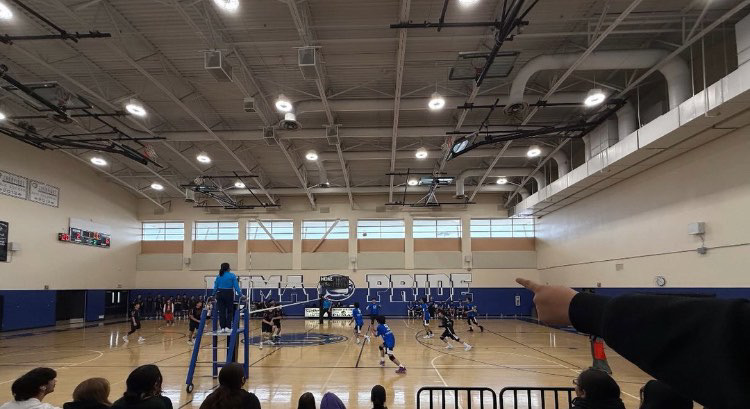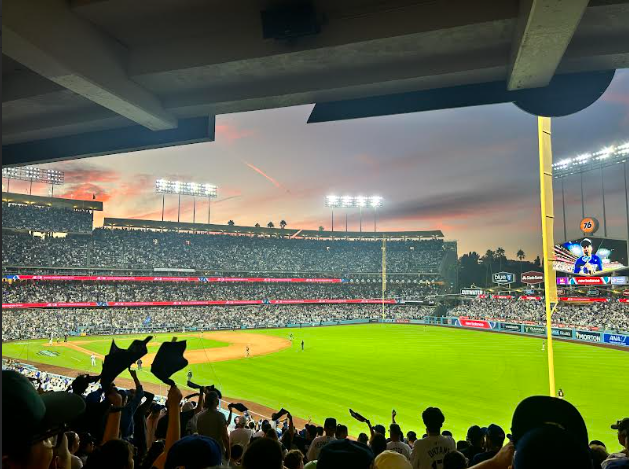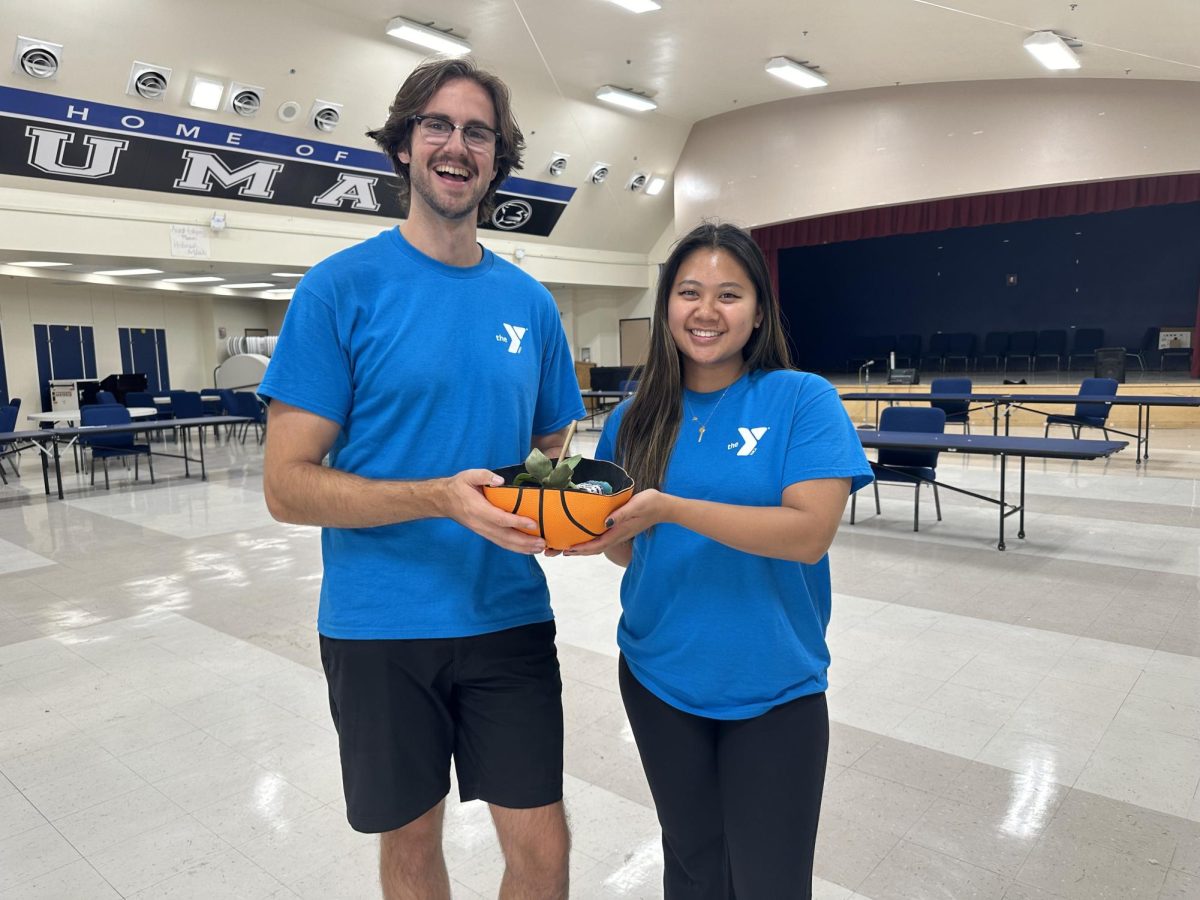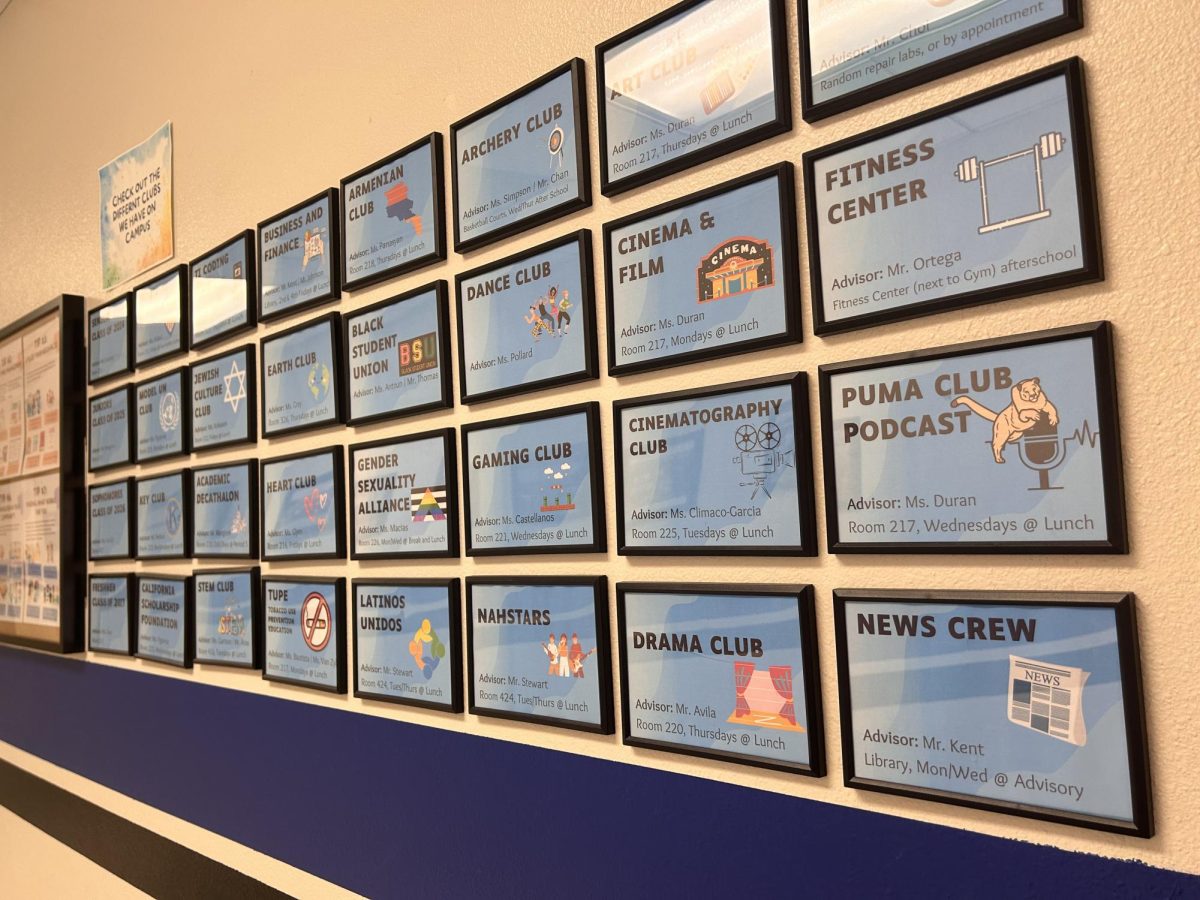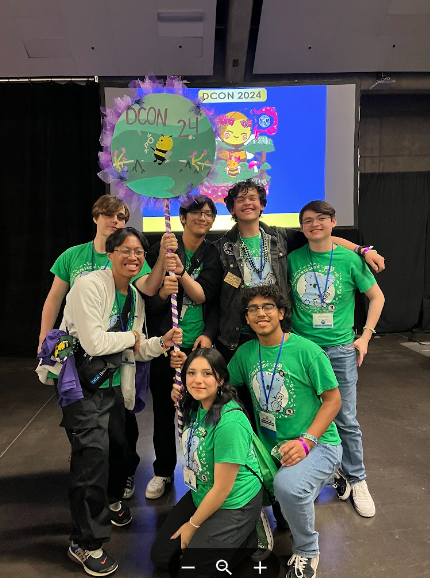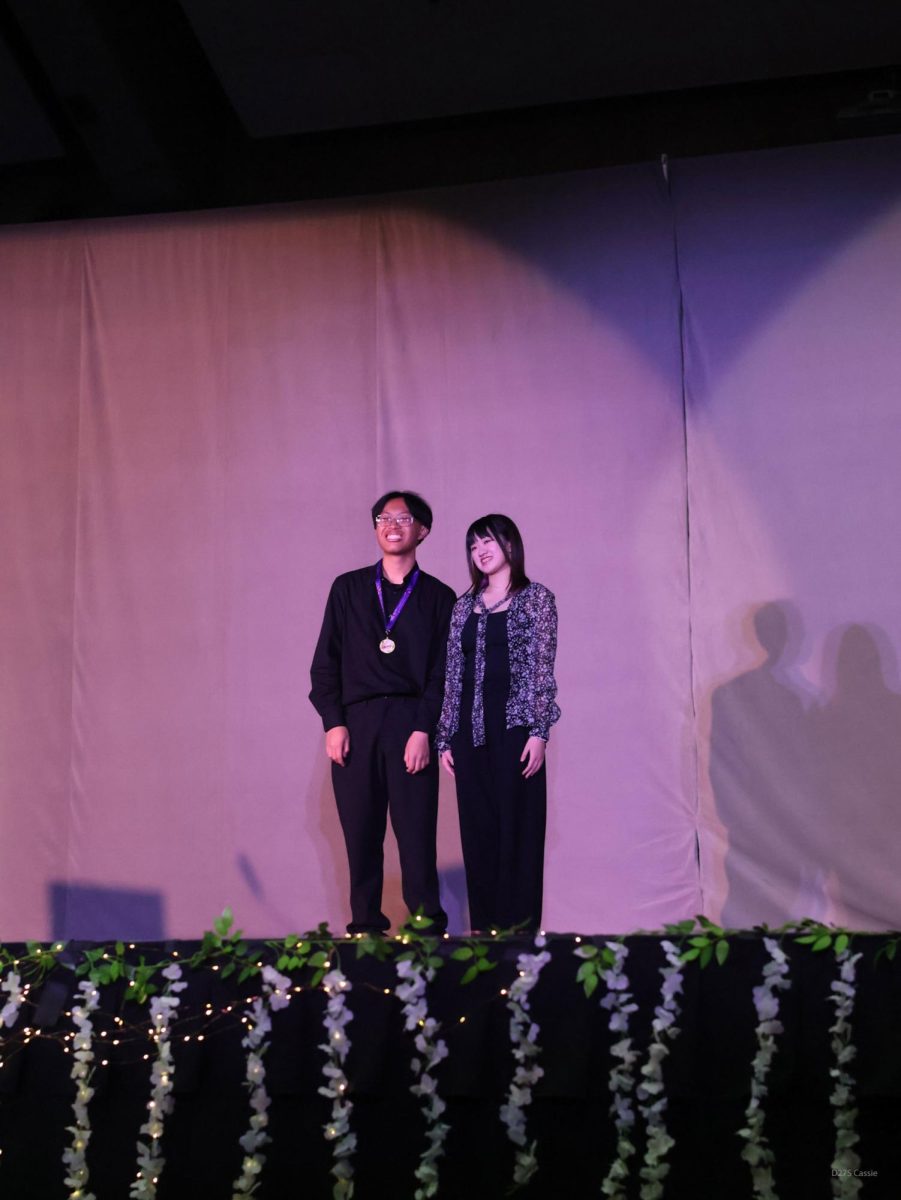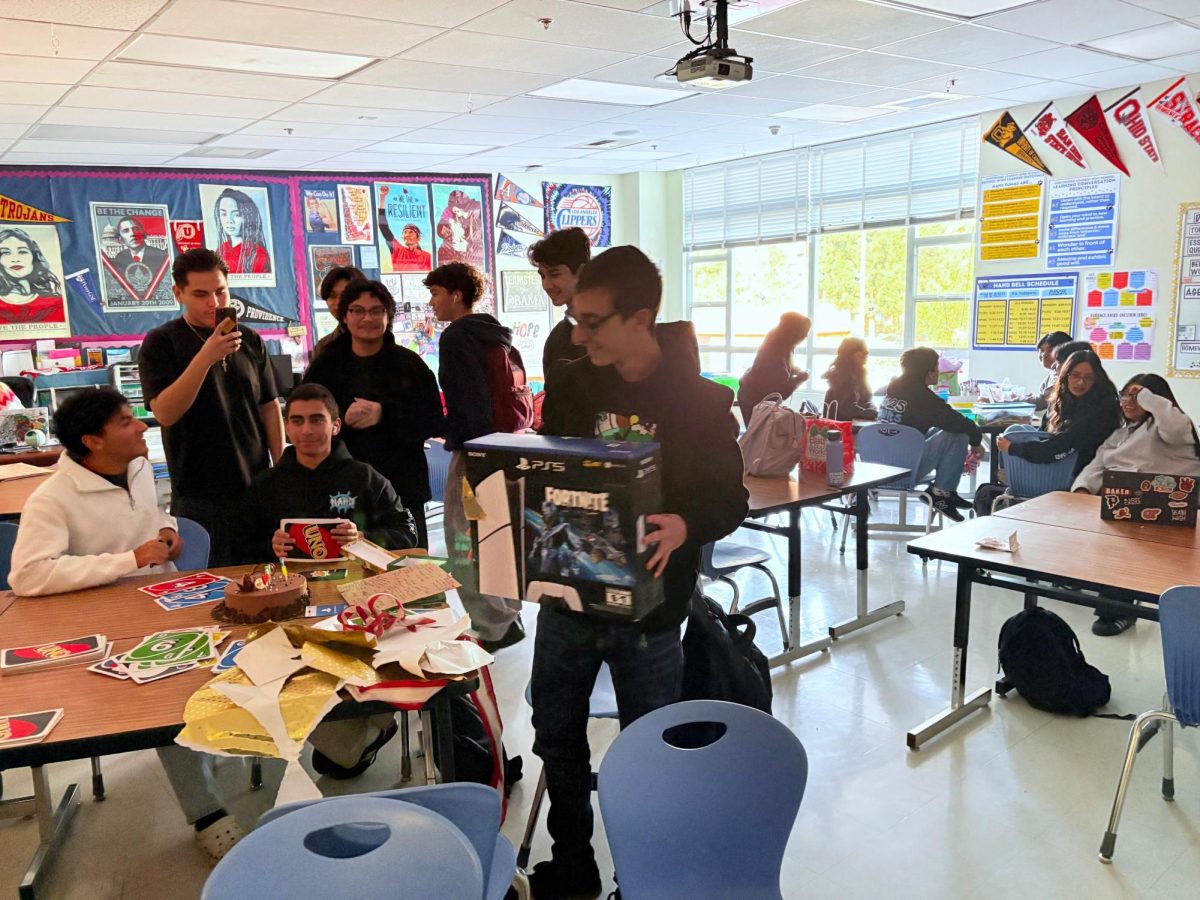In today’s digital age, screens surround us, from televisions to laptops, phones, and desktop monitors. While these devices offer convenience and entertainment, their usage comes with potential implications for eye health. Understanding how screen technology has evolved sheds light on the various factors influencing eye strain and discomfort.
I. Television Screens
A. Blue Light Emission
The blue light emitted from television screens can disrupt the circadian rhythm, affecting sleep-wake cycles. Exposure to this light (especially before bedtime, ) may suppress melatonin production, impacting sleep quality.
B. Glare and Reflection
Glare and reflections on television screens can strain the eyes and contribute to eye fatigue. Prolonged exposure to glare and reflections may lead to discomfort and an increased risk of eye strain.
II. Phone Screens
A. Blue Light Exposure
The blue light emitted by phone screens can interfere with circadian rhythms, potentially causing sleep disturbances. Extended use of phones may increase the risk of digital eye strain due to prolonged exposure to blue light.
B. Close Proximity
Holding phones at close distances can result in eye strain and discomfort. The proximity of phones to the eyes may contribute to dry eyes, especially during prolonged usage.
III. Laptop Screens
A. Blue Light and Sleep
Blue light emitted from laptop screens may disrupt melatonin production, impacting sleep quality. Exposure to blue light before bedtime from laptops can negatively affect the circadian rhythm.
B. Viewing Angle
Poor viewing angles on laptops may lead to neck and eye strain over time. Maintaining an ergonomic setup is crucial to minimize the risk of discomfort associated with prolonged laptop use.
IV. Desktop Monitors
A. Size and Resolution
Inappropriate monitor size or resolution may contribute to eye fatigue and discomfort. Adjusting font size on desktop monitors is essential to ensure comfortable viewing and prevent eye strain.
B. Brightness Levels
Adapting monitor brightness to ambient light conditions is important to reduce eye strain. Avoiding glare and reflections by adjusting brightness levels contributes to a more comfortable viewing experience.
V. Light Bulbs
A. Color Temperature
The color temperature of lightbulbs, particularly blue light content, can impact circadian rhythms and sleep. Choosing between warm and cool lighting based on color temperature is important for creating a conducive environment for various tasks.
B. Intensity
Inappropriate lighting intensity may contribute to eye strain and discomfort. Optimal lighting conditions, considering intensity, are essential for reducing the risk of eye strain during various activities.
VI. Pre-1950’s Screens
Early television screens, primarily using Cathode Ray Tube (CRT) technology, had distinct characteristics compared to modern screens. They emitted less blue light and had lower resolutions and image clarity. The limited programming and broadcasting hours resulted in reduced overall screen time, potentially impacting eye health differently than today’s prolonged screen use. The materials used in early screens may have had different reflective properties, affecting glare and reflections. Additionally, the absence of advanced screen coatings and filters, along with limited color capabilities, might have influenced eye strain differently than modern screens.
While pre-1950s screens had distinct characteristics, the available historical data on their effects on eye health is limited compared to contemporary screens. Today’s screens incorporate advanced technologies like anti-glare coatings and blue light filters to enhance user comfort. Understanding the evolution of screen technology provides insights into the factors influencing eye health and emphasizes the importance of responsible screen usage and ergonomic setups to mitigate potential risks.









